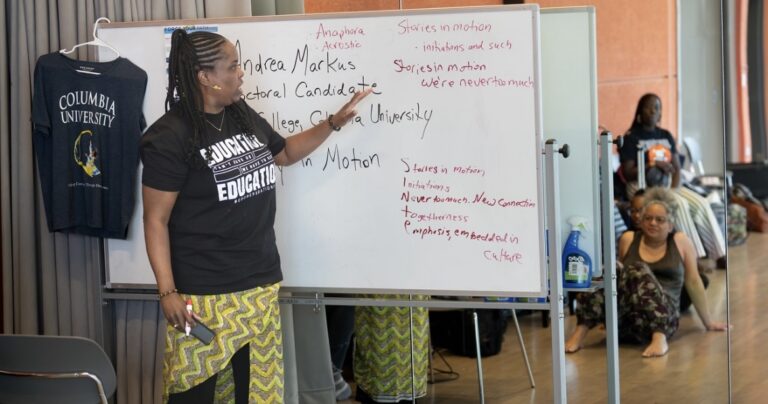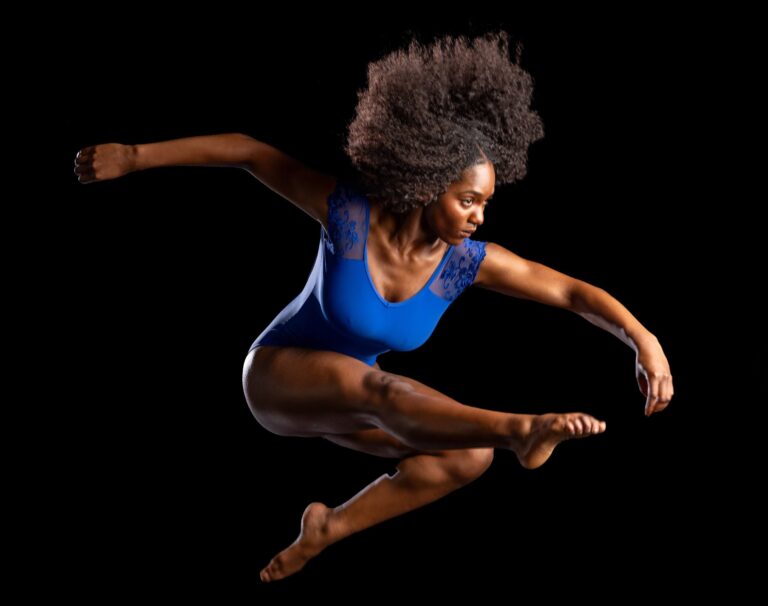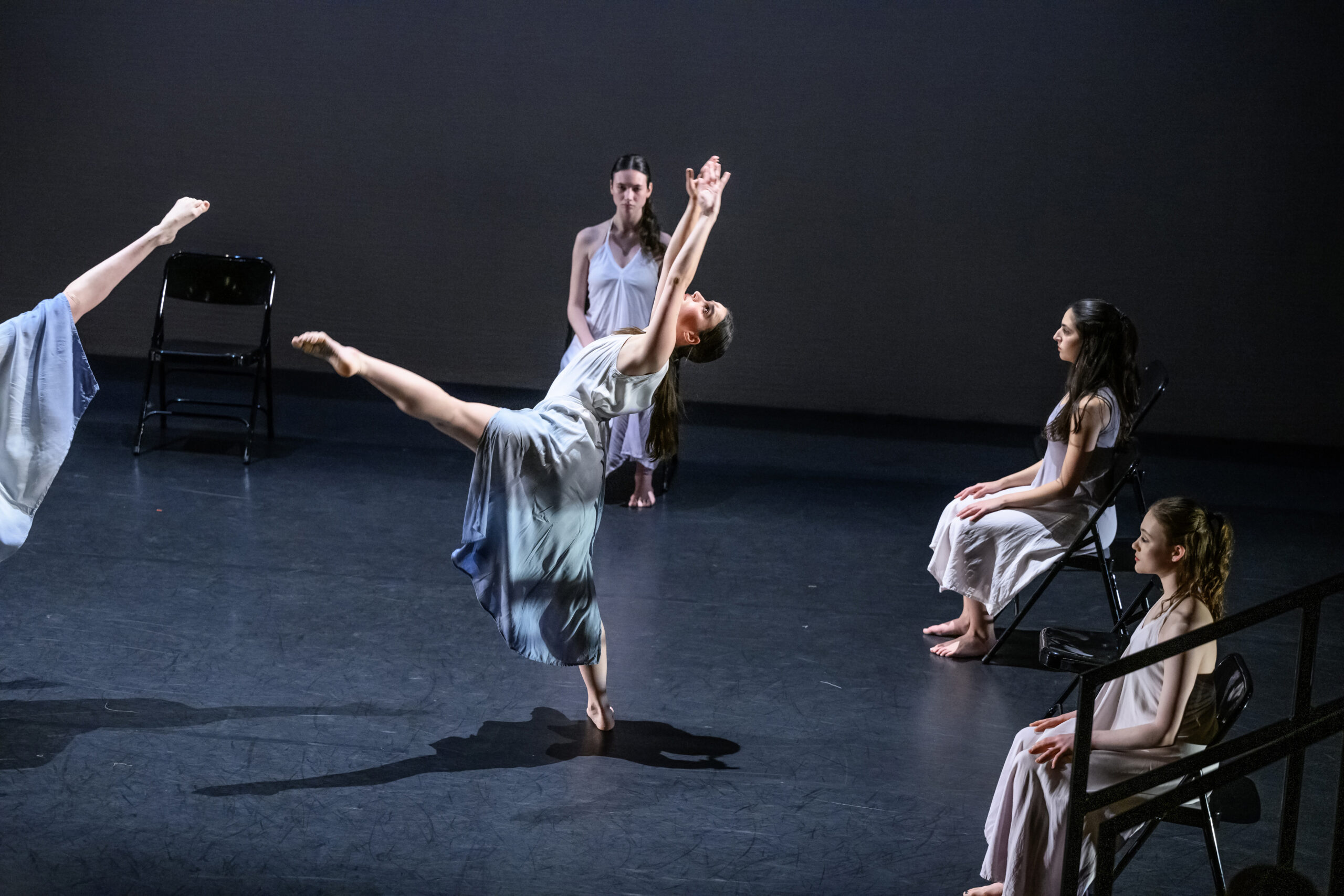
Because job security can be hard to come by in the dance world, there’s an understandable appeal to full-time professorships in college and university dance programs. The path to get there can seem elusive, however—and the requirements of the job extend beyond teaching and choreography. Two dance professors—Jason Ohlberg, Skidmore College associate professor and associate chair, and Shannon Johnson Grayson, assistant professor of practice at University of Southern California’s Glorya Kaufman School of Dance—share their journeys to working in academia.
Required Experience
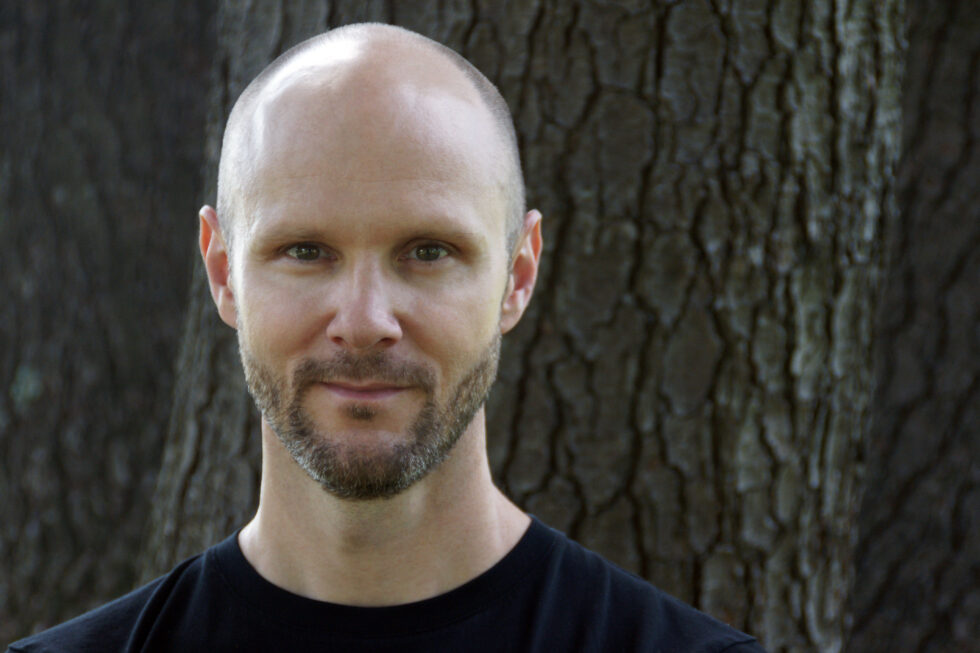
Dance professor positions usually require either a terminal degree (an MFA or a PhD) or equivalent professional experience. But the path that people take to these jobs is rarely linear. Neither Ohlberg nor Grayson began their careers with the goal of teaching. Before graduating, Ohlberg left the BFA dance program at Purchase College, State University of New York, for a scholarship opportunity that led to an apprenticeship with Hubbard Street Dance Chicago. He completed his undergraduate degree 20 years later as part of a continuing education program at Cornish College of the Arts. In the interim, he danced with and choreographed for companies in the Midwest and Pacific Northwest, and taught at small suburban dance schools and then in an adjunct capacity at Barat College, Cornish College, and the University of Washington.
“It was a very gig-economy kind of existence for a while,” he says. Ohlberg’s interest in pursuing an academic teaching career is what prompted him to finish his BFA. Then he enrolled in University of Washington’s dance MFA program, which he says is focused largely on preparing its students for a career in higher education.
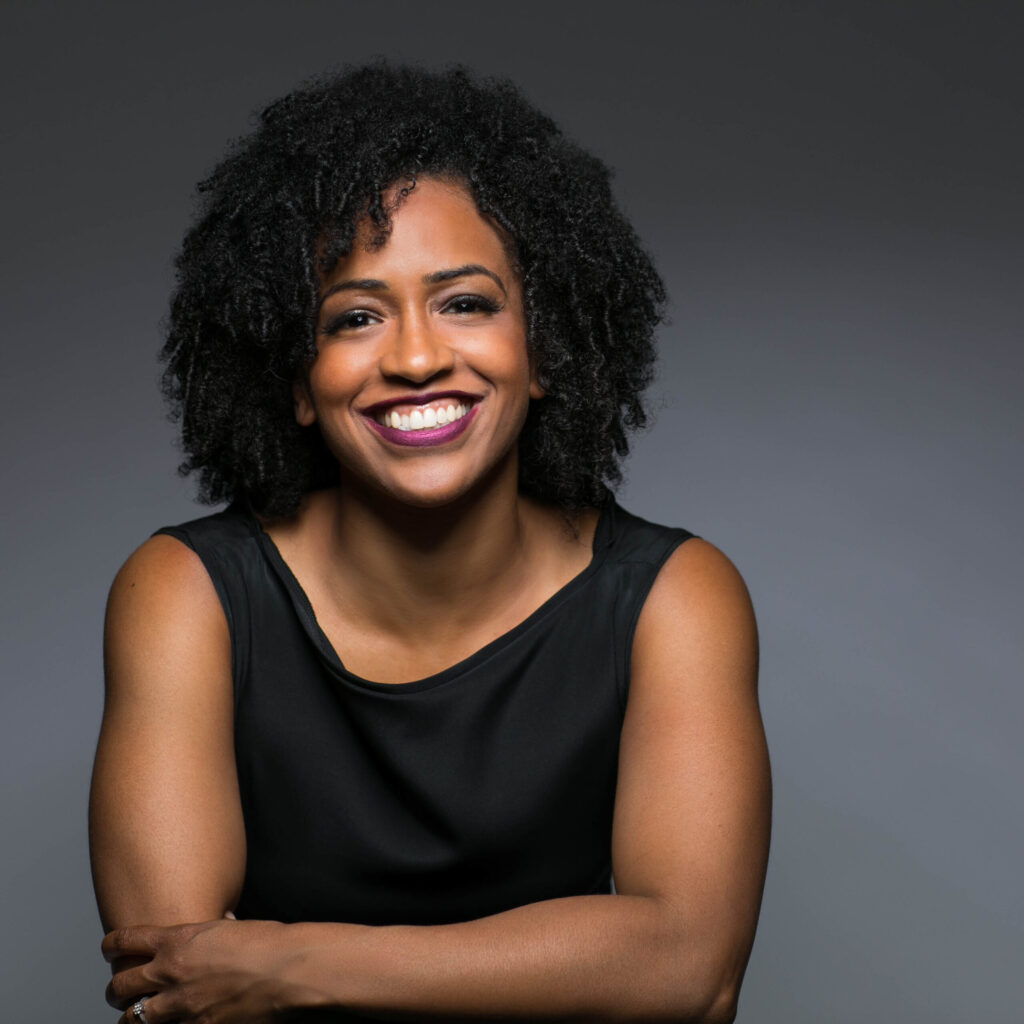
Grayson is one of the comparatively few full-time professors who doesn’t hold an advanced degree. After graduating from Howard University, she danced professionally in Chicago, where, like Ohlberg, she taught at suburban studios and YMCAs before helping to create the youth program at Hubbard Street and teaching grades K–12 in Chicago Public Schools. She worked as an adjunct at Dominican University and Columbia College Chicago before moving to Los Angeles and teaching at USC Kaufman. “I started asking around at the university for full-time opportunities, but it took about four years of adjuncting and building up classes,” she says.
The Application Process
The process of applying and interviewing for dance professorships is time-consuming, rigorous, and competitive. “Sometimes there are really robust years, where people are looking for various positions, and some years it’s very lean,” says Ohlberg. During the two years in which he was applying for jobs, he sent out 15 applications—consisting of a cover letter, CV, and teaching statement, as well as videos of his teaching, samples of his choreography, previous course evaluations, and related materials—and heard back from five schools.
After making it through a phone interview, candidates are brought in for multiday on-campus interviews. “It often entailed teaching two classes, and possibly in very different disciplines. So, a technique class and then a history or anatomy lecture,” says Ohlberg of his experiences. The on-campus visits may also include interviews, a job talk about the candidate’s scholarship or creative work, and often a dinner with the search committee. “Those are supposed to put everybody at ease, but can be even more intimidating and intense,” says Ohlberg. “It’s a lot of being on.”
Grayson applied for her role at USC Kaufman—her second time applying for a full-time professorship there—during the pandemic, so the process played out online. Her three rounds of interviews included teaching two classes via Zoom and participating in one-on-one and group conversations. “I taught a tap and a jazz class, both infused with African, West African, Afro-Cuban, and Latin dance,” says Grayson. “I was competing against people who had master’s and PhDs, so I really wanted to show my experience and knowledge of historical context.”
Although universities typically pay for candidates’ flights, boarding, and meals, Ohlberg stresses that the process can be financially and mentally taxing for teachers who are working elsewhere while applying. “It can take quite a toll on you,” he says. “The good news is that if you have a lot of interviews, it means you’re a very attractive candidate.”
An Immersive Career
Most new hires come in on a tenure track as assistant professors, with eligibility requirements laid out to be promoted to associate and then full professor. “When I was teaching in adjunct positions, I didn’t really have a full view of what the career looked like,” says Ohlberg. “When you get into a full-time academic position, it involves so much more than just teaching or making dances. And the longer you’re in academia, the more teaching becomes only part of what you do.”
Ohlberg became an associate professor at Skidmore in 2021 after five years as an assistant. In order to be promoted, he had to present a tenure portfolio of his teaching, service to the department and the college, and scholarship, which in his case included both written work and choreography. While USC Kaufman doesn’t currently offer tenure, there are still formal criteria for promotion. Both Ohlberg and Grayson sit on administrative committees, advise students, and attend conferences to advance their own research. “It’s a full, immersive job,” says Grayson. “I’m grateful for that, and for the health benefits, but I’m just working on balancing it all.”
Grayson and Ohlberg both say that flexibility is key to the job—they’re both regularly asked to take on courses and responsibilities outside of their areas of expertise. “You have to be very nimble,” says Ohlberg. “But those of us in dance have an inherent nature of hard work and grit in our backgrounds that is well suited to the constant shift and evolution of the position.”
